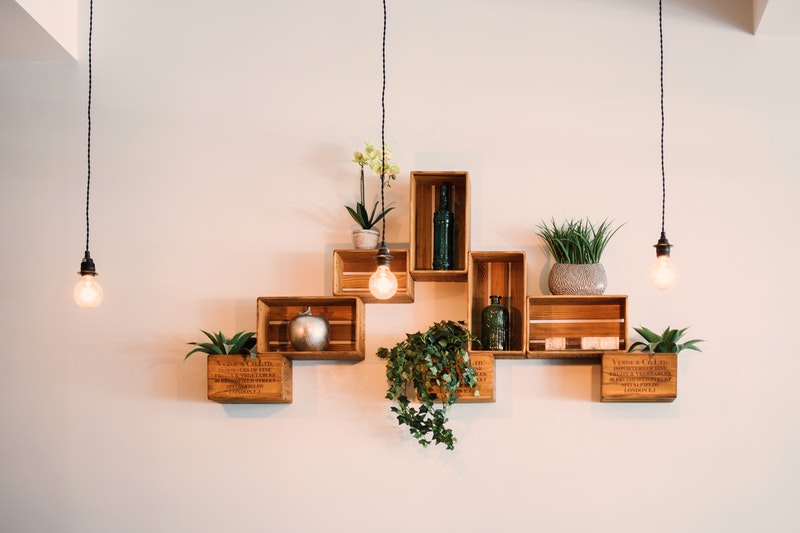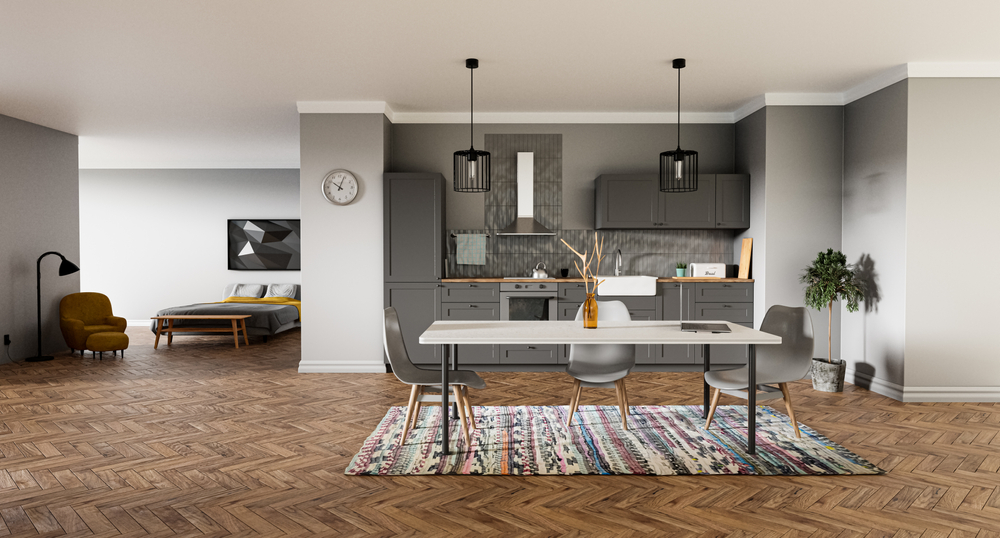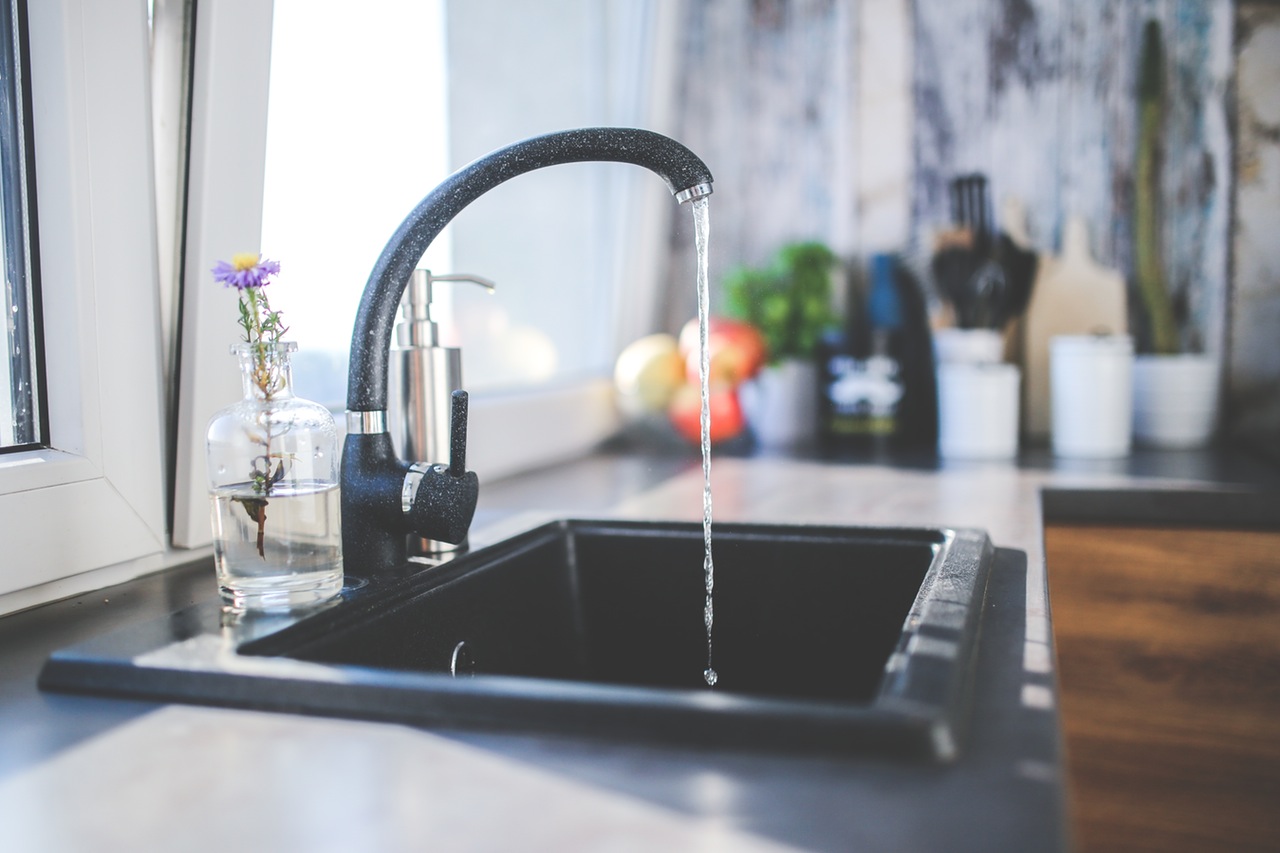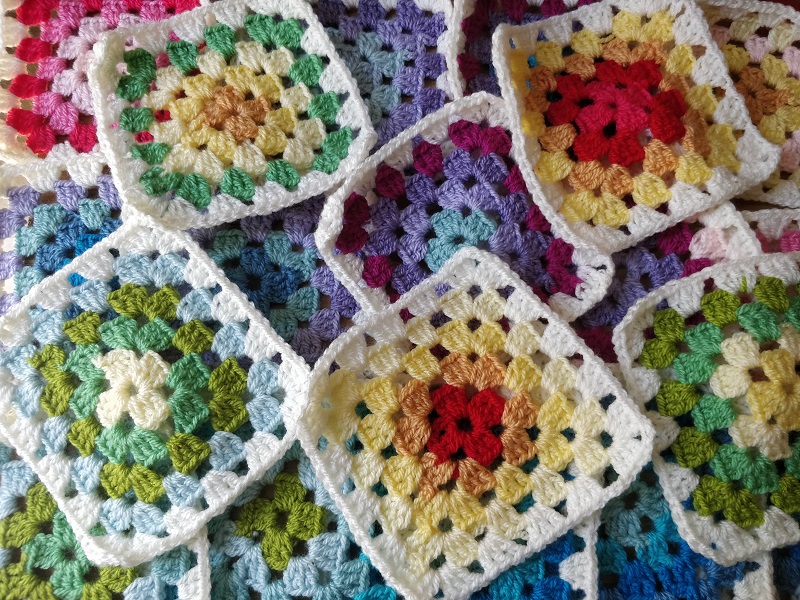Garden Upgrades: A List Of Considerations
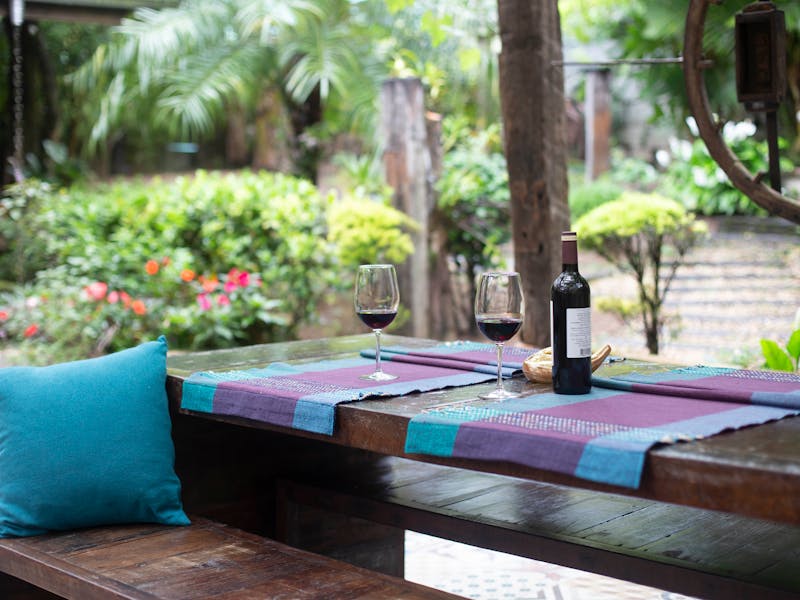
Gardening is more than just a hobby; it’s a passion for many and a therapeutic activity for some. Whether you have a small backyard or a sprawling estate, upgrading your garden can enhance the beauty and functionality of your outdoor space. Here are several key considerations for anyone looking to elevate their garden.
1. Choosing the Right Plants
Selecting the right plants is crucial for a thriving garden. Consider factors such as the local climate, soil type, and the amount of sunlight your garden receives. Native plants are often the best choice as they are adapted to the local conditions and require less maintenance. Additionally, mixing perennials and annuals can provide year-round interest and colour.
2. Irrigation System: Iron vs. Plastic Pipes
An efficient irrigation system is vital for maintaining a lush garden, especially during dry spells. When planning your irrigation system, one key consideration is the type of pipes to use: iron or plastic.
Steel Pipes
Steel pipes, like a Grooved Pipe, are known for their durability and strength. They can withstand high pressure and are less likely to crack or break under heavy loads. However, if not galvanised, they are susceptible to rust and corrosion over time, which can lead to contamination of the water supply.
Plastic Pipes
Plastic pipes, typically made from PVC (polyvinyl chloride) or PE (polyethylene), are lightweight and easy to install. They are resistant to rust and corrosion, making them a long-lasting option for garden irrigation. However, plastic pipes can be prone to damage from UV exposure and might not handle high pressure as well as iron pipes.
Conclusion: The choice between iron and plastic pipes depends on your specific needs. For a permanent and robust system, iron might be the better option, despite its susceptibility to rust. For flexibility and ease of installation, plastic pipes are a reliable choice.
3. Decking: Enhancing Your Outdoor Living Space
Adding a deck to your garden can significantly enhance your outdoor living space. Decking provides a perfect area for relaxing, entertaining guests, and enjoying the beauty of your garden.
Material Choices
When considering decking, the choice of material is crucial. The most common options include wood, composite, and PVC.
- Wood: Traditional wood decking offers a natural look and feel. Woods like cedar, redwood, and pressure-treated lumber are popular choices. However, wood requires regular maintenance, such as staining and sealing, to prevent rot and insect damage.
- Composite: Composite decking is made from a blend of wood fibres and plastic. It mimics the appearance of wood but requires less maintenance. Composite decking is resistant to rot, insects, and UV damage, making it a durable option.
- PVC: PVC decking is entirely synthetic, providing exceptional resistance to moisture, insects, and UV rays. It requires minimal maintenance and is available in a variety of colours and styles. However, it can be more expensive than wood or composite options.
Design Considerations
When designing your deck, consider its size, shape, and location. Ensure that it complements your garden’s overall layout and doesn’t obstruct essential elements like pathways or planting areas. Additionally, think about adding features like built-in seating, planters, or even a pergola for shade.
4. Lighting: Illuminate Your Garden
Proper lighting can transform your garden into a magical space, extending its usability into the evening hours. Consider a mix of lighting options such as pathway lights, spotlights, and string lights.
Pathway Lights
Pathway lights not only enhance safety by illuminating walkways but also add a charming touch to your garden. Solar-powered pathway lights are an eco-friendly option, requiring no wiring or electricity.
Spotlights
Spotlights can be used to highlight specific features of your garden, such as a beautiful tree, a sculpture, or a water feature. Adjustable spotlights allow you to direct the light exactly where you want it.
String Lights
String lights create a cosy and inviting atmosphere. They are perfect for draping over a pergola, along a fence, or across your deck. LED string lights are energy-efficient and available in various colours and styles.
5. Water Features: Add a Touch of Tranquility
Water features like ponds, fountains, or waterfalls can add a serene and calming element to your garden. They attract wildlife, provide soothing sounds, and enhance the visual appeal of your space.
Ponds
A pond can become a focal point in your garden, supporting aquatic plants and fish. Ensure proper installation and maintenance to keep the water clear and healthy.
Fountains
Fountains come in various styles and sizes, from small, self-contained units to larger, more elaborate designs. They can be placed in the centre of a garden or as a backdrop against a wall.
Waterfalls
Waterfalls add a dynamic element to your garden, with the sound of cascading water creating a relaxing ambience. They can be integrated into a pond or standalone feature.
6. Garden Furniture: Comfort and Style
Investing in high-quality garden furniture can make your outdoor space more comfortable and inviting. Consider weather-resistant materials like teak, aluminium, or synthetic wicker. Additionally, cushions and covers made from durable, water-resistant fabrics will extend the life of your furniture.
Seating Arrangements
Create various seating areas to accommodate different activities. A dining set for meals, a lounge area for relaxing, and a bench or hammock for reading can make your garden more versatile and enjoyable.
7. Garden Structures: Create Interest and Functionality
Structures like pergolas, arbours, and trellises can add both aesthetic appeal and functionality to your garden.
Pergolas
Pergolas provide shade and a framework for climbing plants. They can define an outdoor living area and create a sense of enclosure.
Arbours
Arbours are smaller structures that can be placed over a pathway or entrance. They add a touch of elegance and can support climbing roses or vines.
Trellises
Trellises can be used to support climbing plants, creating vertical interest in your garden. They can also be placed against walls or fences to soften hardscaping elements.
In Closing
Upgrading your garden involves careful planning and consideration of various elements. From choosing the right plants and irrigation system to adding decking, lighting, and water features, each decision contributes to creating a beautiful and functional outdoor space. By thoughtfully incorporating these upgrades, you can transform your garden into a personal oasis that you and your loved ones can enjoy for years to come.
